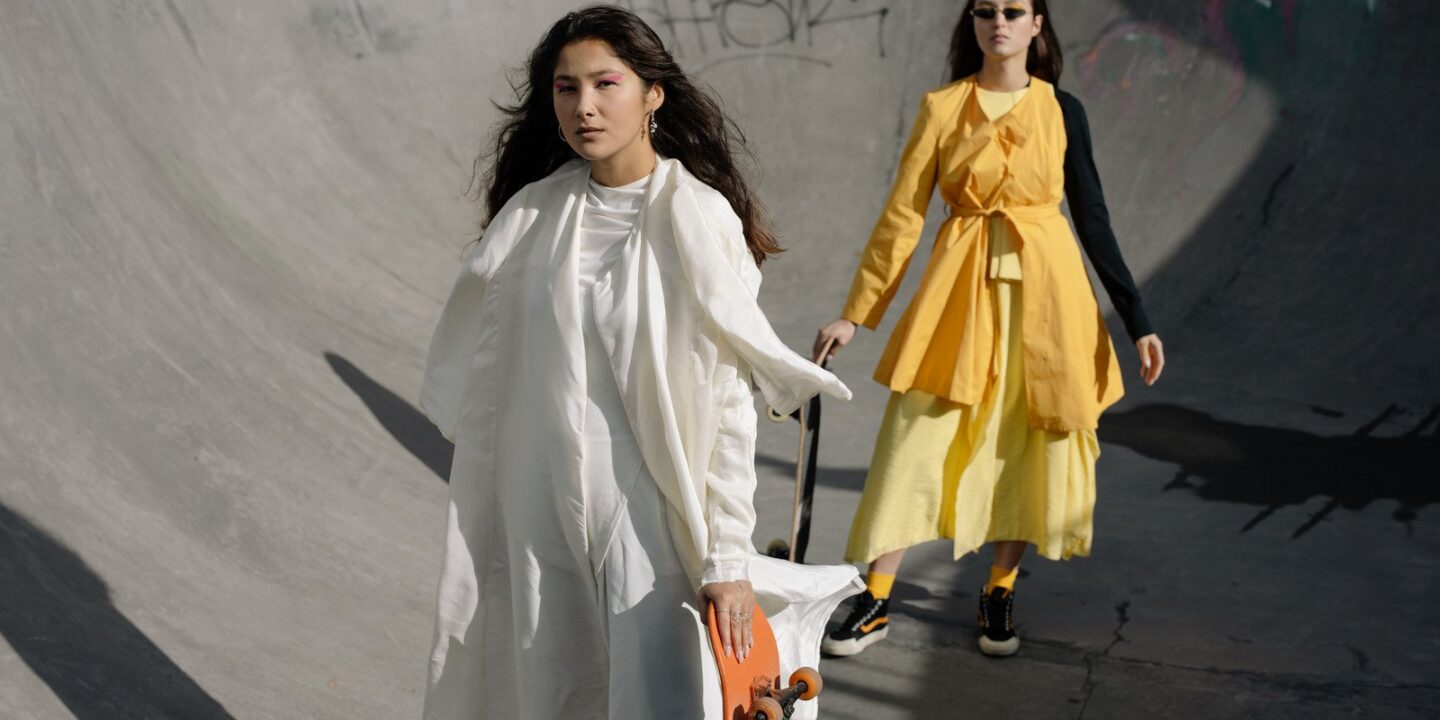
Fashion has always been a powerful reflection of society, mirroring cultural values, historical shifts, and technological advancements. As the world becomes increasingly interconnected, cultural influences in fashion have grown more complex, merging traditions with contemporary aesthetics. This article explores the diverse cultural influences shaping global fashion trends and how designers and consumers engage with these inspirations.
The Interplay Between Culture and Fashion
Culture and fashion are inextricably linked. Fashion serves as an expression of identity, communicating social status, religious beliefs, and heritage. Designers draw inspiration from a variety of cultural sources, integrating elements from different regions, traditions, and historical periods into their collections. This interplay results in a dynamic and ever-evolving industry that respects and reinterprets cultural narratives.
Traditional Attire and Its Modern Adaptations
One of the most evident ways cultural influence manifests in fashion is through the adaptation of traditional clothing. Many contemporary designers have reinvented classic garments while preserving their cultural essence.
- Kimono in Contemporary Fashion: Originating from Japan, the kimono has been modernized and reimagined in various ways. Designers like Yohji Yamamoto and Rei Kawakubo have incorporated elements of the kimono into their avant-garde collections, blending its traditional silhouette with modern fabrics and cuts.
- Indian Sari and Global Influence: The Indian sari, known for its elegance and draping style, has inspired numerous haute couture designs. Western designers such as Jean Paul Gaultier and Alexander McQueen have infused elements of the sari into evening gowns and red carpet looks.
- African Textiles in High Fashion: African prints and textiles, such as Ankara and Kente, have gained worldwide recognition. Designers like Stella Jean and Ozwald Boateng integrate these vibrant patterns into their contemporary pieces, celebrating African heritage while making it accessible to a global audience.
Street Style and Cultural Identity
Beyond high fashion, street style serves as a major conduit for cultural influences in everyday wear. Fashion subcultures often emerge from local communities and spread globally through social media, music, and celebrity endorsements.
- Hip-Hop and Urban Fashion: Originating in the Bronx in the 1970s, hip-hop culture has had a lasting impact on fashion. Oversized clothing, sneakers, and accessories like gold chains have become iconic. Luxury brands, including Gucci and Louis Vuitton, have embraced hip-hop aesthetics in their designs.
- Korean Wave (Hallyu) and K-Fashion: With the rise of K-pop and Korean dramas, South Korean fashion has significantly influenced global trends. The blend of minimalism, streetwear, and preppy aesthetics seen in K-fashion brands like Stylenanda and Gentle Monster has gained international popularity.
- Latin American Influence: Latinx culture has brought vibrancy to global fashion, with designers like Carolina Herrera and Oscar de la Renta incorporating bright colors, ruffles, and floral motifs reminiscent of traditional Latin American attire.
The Role of Globalization and Social Media
Globalization and digital connectivity have accelerated the exchange of cultural influences in fashion. Social media platforms like Instagram, TikTok, and Pinterest allow designers and consumers to discover and embrace styles from different cultures instantaneously. Fashion bloggers, influencers, and celebrities play a pivotal role in introducing cultural aesthetics to broader audiences.
Additionally, e-commerce has enabled consumers to access fashion pieces from various cultural backgrounds without geographical constraints. Brands that celebrate cultural heritage and ethical craftsmanship, such as Bode and Brother Vellies, have gained prominence by promoting artisanal techniques from different regions.
Cultural Appropriation vs. Appreciation
While cultural influences enrich fashion, there is an ongoing debate regarding cultural appropriation versus appreciation. Cultural appropriation occurs when elements from a marginalized culture are used without acknowledgment, often stripping them of their original significance. Conversely, cultural appreciation involves respectful acknowledgment and collaboration with the communities from which the inspiration originates.
Many fashion houses have faced criticism for misrepresenting cultural symbols or failing to credit their sources. Brands like Victoria’s Secret and Marc Jacobs have been called out for appropriating Native American headdresses and Black hairstyles without cultural context. In response, many designers now strive for ethical engagement by collaborating with artisans and communities, ensuring fair representation and compensation.
Sustainability and Ethical Fashion
The rise of sustainable fashion has also intersected with cultural influences. Many indigenous and traditional techniques align with sustainability principles, such as natural dyeing, hand-weaving, and upcycling materials.
- Slow Fashion Movements: Inspired by traditional craftsmanship, slow fashion emphasizes quality over quantity. Designers like Stella McCartney advocate for ethical fashion practices by incorporating sustainable materials and fair labor practices.
- Reviving Indigenous Techniques: Brands like Patagonia and Eileen Fisher collaborate with indigenous communities to incorporate handwoven fabrics and natural dyes, preserving ancestral knowledge while promoting environmental responsibility.
The Future of Cultural Influence in Fashion
As fashion continues to evolve, cultural influences will remain central to its innovation. With increasing awareness of cultural sensitivity, designers are likely to adopt more ethical and inclusive approaches to incorporating global traditions into their work.
Technology will further shape cultural exchanges in fashion. Virtual fashion, digital clothing, and AI-generated designs will allow for unprecedented cross-cultural collaborations. Additionally, the metaverse and virtual fashion shows will provide new platforms for cultural storytelling through digital garments.
In conclusion, cultural influences are integral to global fashion trends, fostering creativity and connection across borders. By embracing diversity while respecting cultural heritage, the fashion industry can continue to celebrate and uplift traditions in meaningful ways.






















